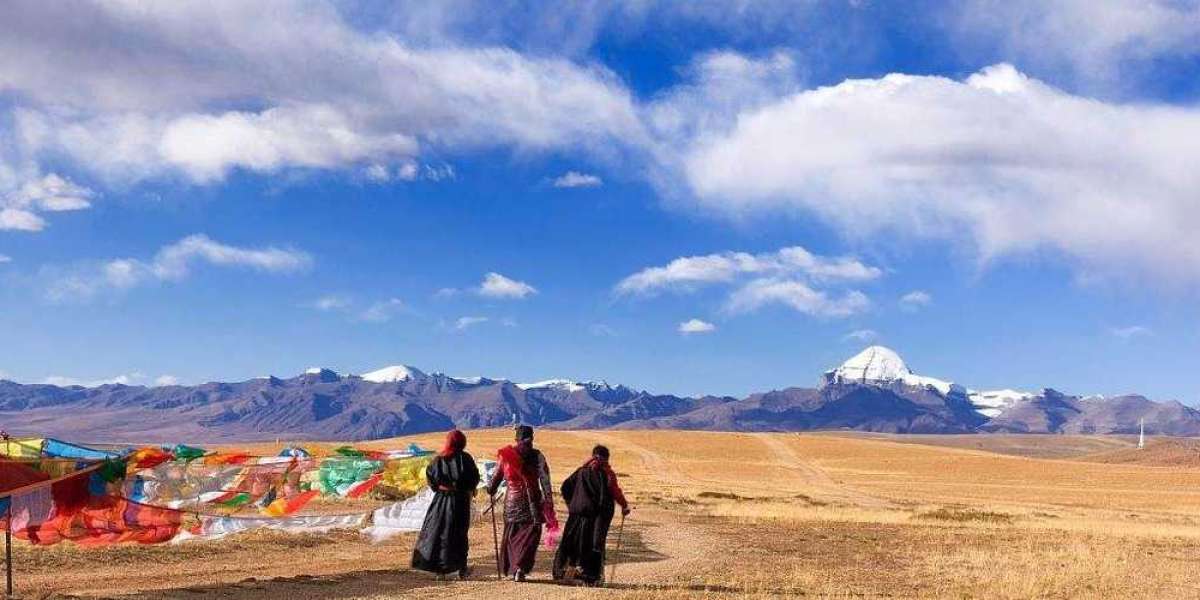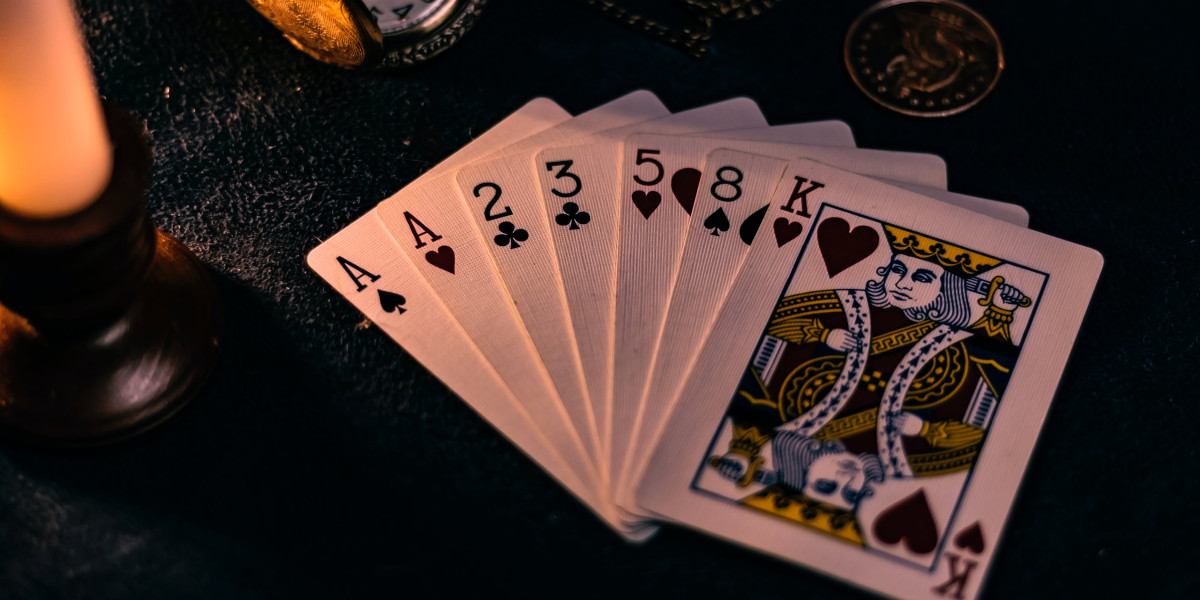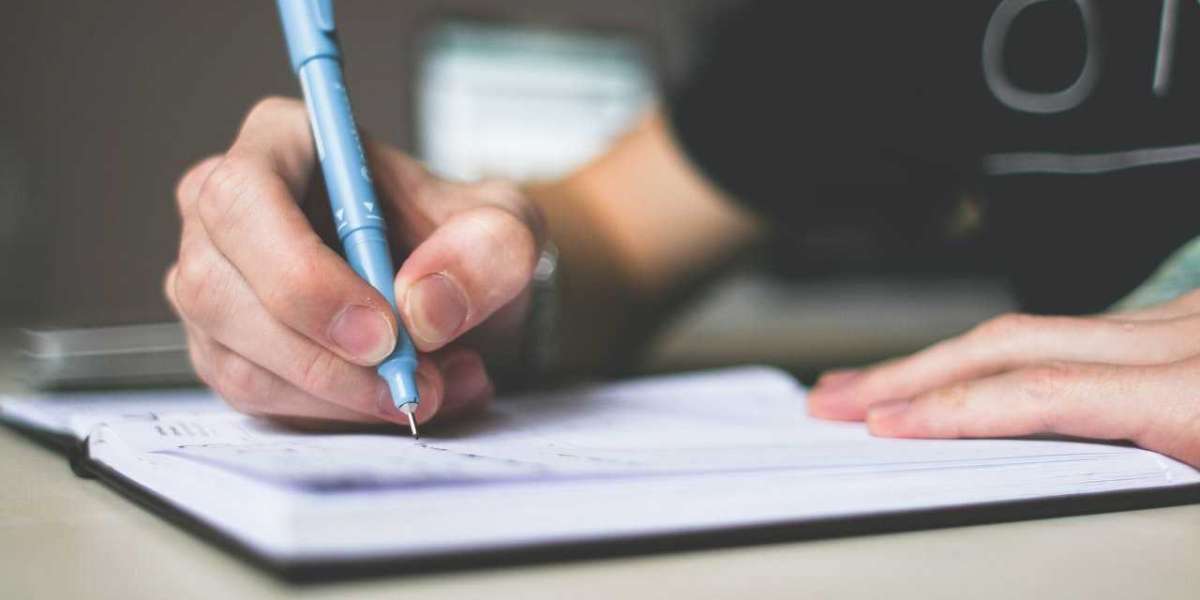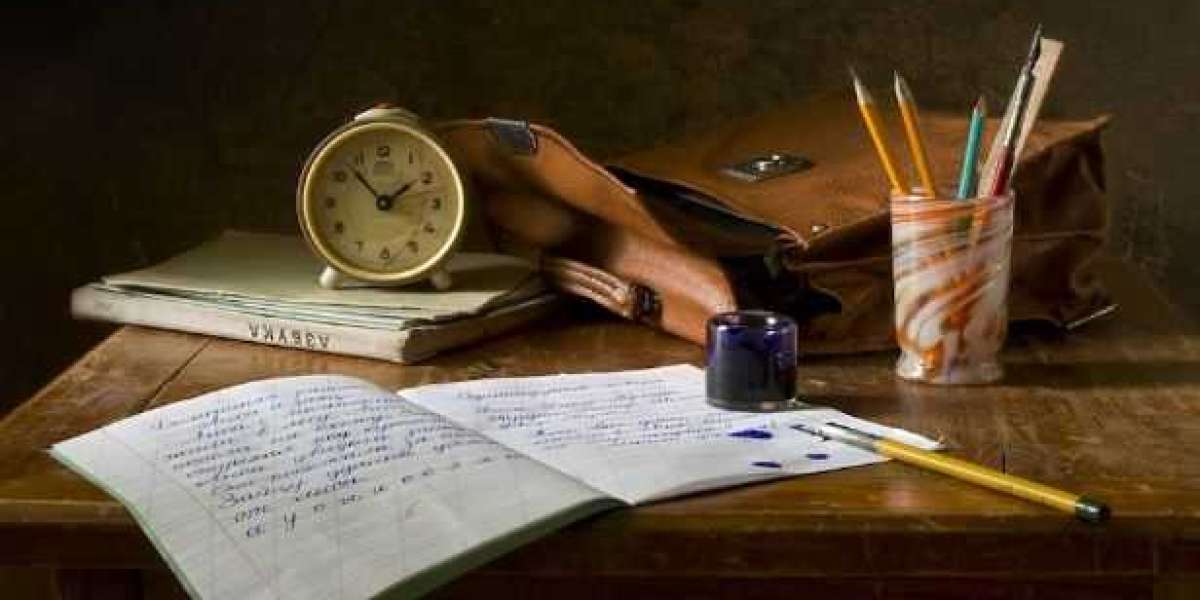Previous Travelers shared that they can feel tremendous energy inside the Jokhang Temple. Jo is a shorter version of Jowo. Jowo means lord or master in Tibetan. The name Jowo is normally used for precious Buddhas and Bodhisattvas.
Jokhang Temple can be traced back to the 7th century 33rd King Srongtsen Gampo. The temple was built for the statue of the Buddha Shakyamuni at the age of 8th namely Jowo Akshobhya. The Tibetan name of the statue is Jowo Mikyo Dorje. The statue was bought to Tibet by the Nepalese Princess Brikuti.
History of the statue of Jowo Mikyo Dorje
In the legend, the history of the statue can be traced back to the time of the past Buddha in India (the 3rd Buddha ) Woesong Chenpo also known as Dipamkara and Marmezey.
There was a king namely Tritri who was a great devotee of Buddha Dharma. The king sponsored the construction of the statue of Buddha Jowo Mikyo Dorje to flourish the Buddha Dharma during the present Buddha Jowo Shakyamuni's ( also the 4th Buddha ) time as a prophecy.
History of another Statue during the time of King Triton
Another statue bought to Tibet by the Nepalese Princess Brikuti was the Tritri Jampa. The statue of the future Buddha Maitreya ( the 5th Buddha ). This statue of future Buddha Tritri Jampa also has a history back to the past Buddha Woesong and King Tritri in India. Tritri Jampa shrine is the main meditation deity of King Triton. This statue of the future Buddha is inside the Jokhang Temple on the first floor after the main chapel of Buddha Shakyamuni shrine.
History of Jokhang Temple during the 7th century
During the 7th century, Jhokang Temple was a lake namely Wotang Tso. Princess Brikuti asked the expert in architecture Princess Wencheng about where to build the temple for the statue of Buddha Jowo Mikyo Dorje.
Princess Wencheng replied with the area where the Wotang Tso lake is the most auspicious place to build the temple.
Obstacles before building the Jokhang Temple
The Wotang Tso Lake was known to be the home of evil spirits so to remove the obstacles, Princess Wencheng threw her ring into the Lake and many miraculously happened including a stupa that appeared from the middle of the Lake as a sign of auspicious. Another way to remove the obstacles is related to the white goats. The first soil on the Lake should be filled only by the white goat.
After many auspicious signs, the name of the temple became Rasa Trulnang Tsuklhakang.
Rasa means Goat and the soil.
Trulnang means Miraculous.
Tsuklhakang meaning: Temple.
Today, there is a Jowo Rama Karmo ( a face of a goat that appeared inside the temple ) as a blessing from the white goats.
Jokhang Temple has three different special architectures.
Pagoda-style golden roof with architecture design from the Tang Dynasty.
Wall and wood paintings from Newari in Nepal.
Stone walls from local Tibetan style.
Location of the Buddha Jowo Mikyo Dorje and present-day Jokhang Temple
Changes in circumstances during the 9th century in Tibet have led the statue of Buddha Jowo Mikyo Dorje in the Jokhang Temple to be exchanged with the statue bought in Tibet by Princess Wencheng. In the present day, the main shrine of the Jokhang Temple is the Jowo Shakyamuni the age of 12 brought to Tibet by the Chinese Princess Wencheng from Tang.
Present-day Jokhang Temple
Jokhang Temple is located around 1000 meters from the Potala Palace. There is a big square in front of the Jokhang Temple. There are two entrance gates and one exit gate. Jokhang Temple is one of the only temples which has statues of many great masters from different schools of Buddhism in Tibet. Nyingma school, Kagyu school, Kadam school, Sakya school, Shiji school, Jonang school, and Gelug school.
The first floor is the main chapel of the statue of Buddha Shakyamuni the age of 12th bought in Tibet by Princess Wencheng. Few great masters were at the Jokhang Temple many centuries
King Srongtsen Gampo
Princess Monsa Tricham
Princess Brikuti
Prince Wencheng
King Trisong Deutsen
Maha Guru Rinpoche
Maha Guru Jowo Je Atisha
Maha Guru Sakya Pandita
Maha Guru Ra Lotsawa
Maha Guru Tsongkhapa
Maha Guru Drukpa Kunley
Legend story from the first Tibetan Pandit Sakya Pandita
Once when the great master Sakya Pandita visited the Jokhang Temple. On his arrival, the four guardian kings near the main chapel of Buddha were chatting.
Two of them in the south saw the master Sakya Pandita coming by so they immediately start being serious about their duty they were shown in a duty face but the two others in the north didn't see master Sakya Pandita so they were seen smiling as a sign of chatting.
The main statue of Buddha Shakyamuni in the Jokhang Temple is known as the Trulku ( meaning Geelong ) fully ordained monk form. Later Maha Guru Tsongkhapa offered the Rig Nga Ugen head ornament and the statue became Longku meaning the completely pure Buddha form.
Conclusion
Jokhang Temple is one of the main sights inside Lhasa. The temple is famous not only for Buddhist Travelers but also for non-Buddhist Travelers who have felt tremendous energy while visiting the temple. Local Tibetans will visit mostly in the morning for blessings.
For the local Tibetans from different villages in Tibet. When they visit Lhasa, if they didn't visit Jokhang Temple, they say it's similar to not visiting Lhasa so Jokhang Temple is very important for the Buddhist pilgrims. This is the home of Buddha in the heart of locals.
We highly recommend Travelers to visit Jokhang Temple as one of the most important temples in Tibet.








